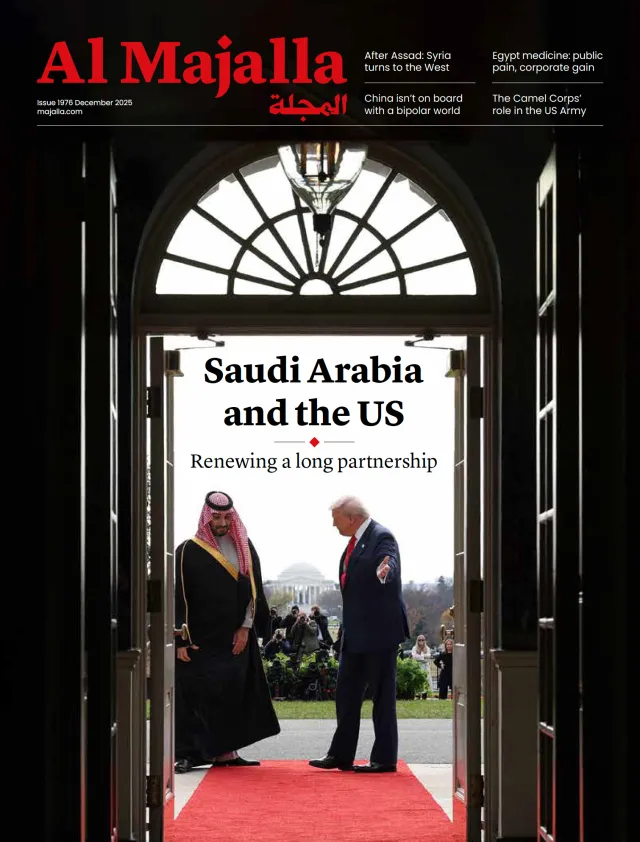Since 2011, the Syrian economy has suffered from a devastating internal war and strict sanctions imposed by the European Union and the United States, including on Syrian oil.
In 2019, the US introduced additional sanctions. The Caesar Act came into effect in 2020 and extended the scope, specifically addressing third parties (individuals or entities) who dealt with or supported the Assad regime.
As a result, Syria’s oil production plummeted. In 2008, the country was producing more than 400,000 barrels per day (bpd). Ten years later, this had dropped to around 30,000 bpd.
Before the war, Syria’s production was relatively low compared to its regional neighbours, yet it was still an oil exporter, with energy self-sufficiency. Its proven oil reserves were estimated at around 2.5 billion barrels as of 2020.
Since 2017, many Syrian oil fields have been under the control of the autonomous Kurdish-led SDF in the north-east. In March 2025, the SDF agreed to hand over control of the oil and gas fields as part of a pact with the new government.
Returning to previous oil production levels will not be without challenges. Oil refineries and other facilities have suffered from war damage and a lack of investment. It will require time, money, and specialist skills for Syria to rebuild its oil production capacity, but there are high hopes for increasing production in old fields such as Hasakah, Deir ez-Zor, and Shaddadi, with the possibility of a third refinery in Raqqa. With a fair wind, oil production could hit 2008 levels within the next 12-18 months.
Last month, the EU agreed to lift the economic sanctions on Syria, after the United States also said it would lift sanctions, announced by President Trump during his visit to Saudi Arabia. For now, at least, there is a fair wind blowing.









